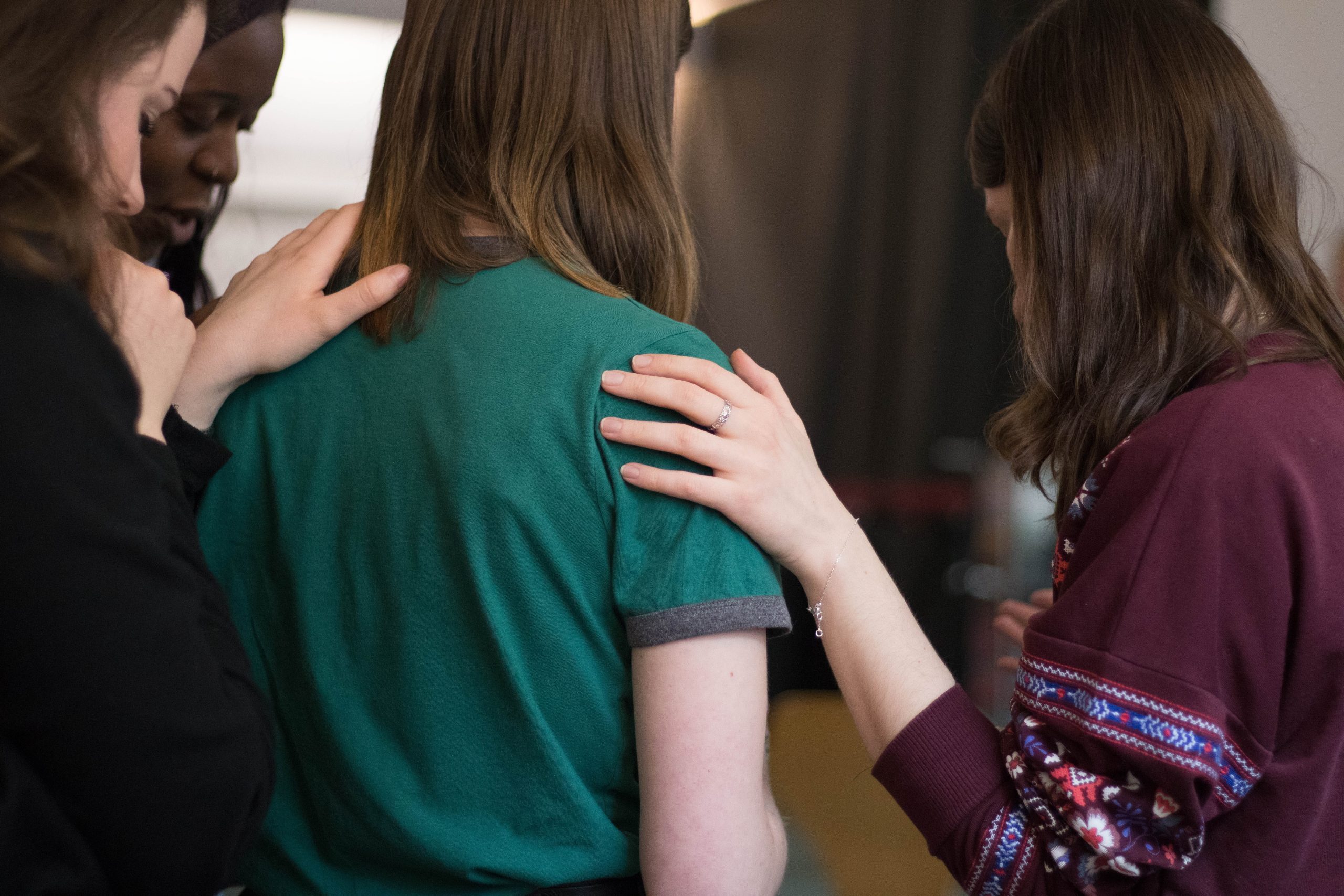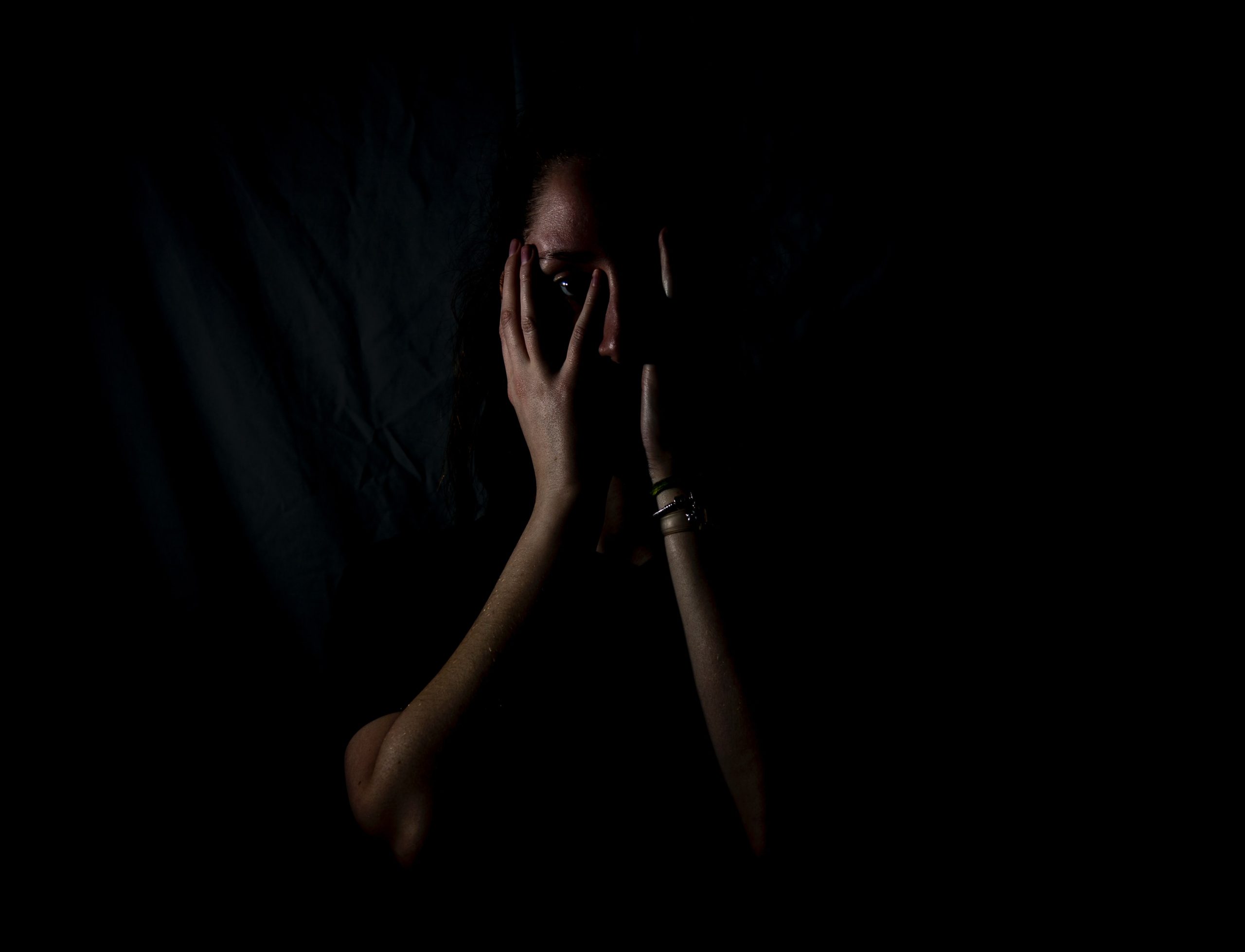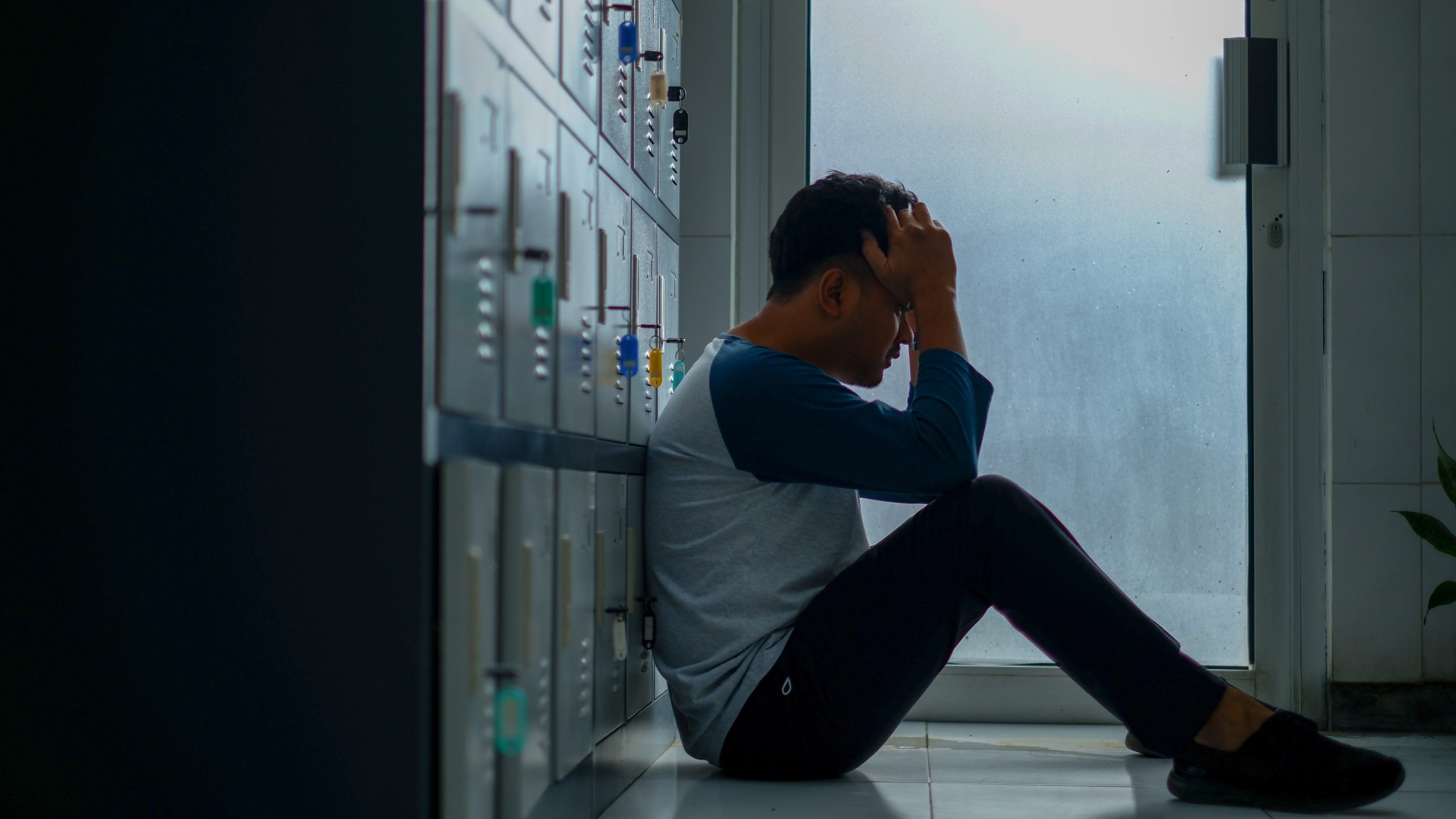Throughout your whole lifespan, you undergo many situations and circumstances that have a strong impact on your feelings. As a newborn, being loved and cared for by parents is the first feeling you undergo. As you grow, being loved becomes part of your personality. When you are older, you don’t remember exactly how you were loved and cared for, but you are certain that you had a wonderful childhood.
When you witness or experience a scary incident in any part of your life – physical or mental, it clings to your personality in the form of severe anxiety, flashbacks or nightmares. This is called Post-Traumatic Stress Disorder (PTSD), a mental and behavioral disorder in which you feel intense fear, misery or horror after a traumatic incident. According to The National Center for PTSD, 6% of the population in U.S. has experienced Post-Traumatic Stress Disorder Symptoms at some point in their lives.
What are Post-Traumatic Stress Disorder Symptoms
Post-Traumatic Stress Disorder symptoms can begin in the first few months after the incident has taken place or sometimes years later. The symptoms can differ in magnitude when you are in your comfort zone versus when you are stressed or when you see cues related to your trauma. You may see a report on fire erupting somewhere and feel painful memory of your burning incident, think about your kidnapping when you hear of somebody else’s, smell some particular fragrance and get reminded of someone you lost, or relive combat experience when you hear a car backfire.
Symptoms of PTSD vary from person to person. Some of the Post-Traumatic Stress Disorder symptoms are:
Re-living the incident through memory
You experience frequent, unwelcomed painful memory of the traumatic incident and often have flashbacks or re-live the incident with the same feeling of fear, pain and panic like it was happening again.
Having disturbing and scary dreams
You constantly have distressing dreams or nightmares, seeing same incident or similar dreadful incident that happened to you. You have severe emotional distress or physical reaction when you see something that you have associated with the incident. Children who are 6 or below 6 years of age, tend to re-enact the traumatic incident or its features through play.
Going through a phase of avoidance
Sometimes your natural instinct after a traumatic event is, avoiding cues of the trauma. These could be the avoidance of objects, places, activities or people. You even try to avoid talking about the incident altogether.
Experiencing excessive emotional changes and behavior
You have miserable thoughts about yourself, others or the future. You have weak memory about the important phase of the incident. The activities that you once used to enjoy with family or friends, you no longer feel the desire to indulge in now.
Increased sensitivity to stimuli – hyperarousal
PTSD makes you have a fight-or-flight response because you are always alert and have exaggerated alarm response. You are constantly watchful for a possible danger. Any unexpected sound or movement incites you to have a strong or violent reaction. You have,
- trouble concentrating on things
- problems falling asleep,
- no control of temper ,
- episodes of violent behavior towards others, and
- feeling of shame/guilt.

What Are the Causes of Post-Traumatic Stress Disorder
PTSD can be developed when you either witness or experience a scary physical or mental incident. Sometimes, the stimulus is not because of single traumatic incident, but a chain of incidents that have occurred over a period of time such as constant domestic and sexual abuse. It can also be developed when you hear from someone close, about their traumatic incident like sexual abuse, domestic violence, kidnapping, traffic accident, plane crash, earthquake, flood, fire etc.
The exact cause of developing PTSD is not known, but Doctors think that PTSD is a complicated combination of following factors:
- Inherited mental health conditions like depression and anxiety.
- Your temperament, which is the inherited feature of your personality.
- Alteration of body’s stress reaction, affecting the chemicals and stress hormones that transmit information between the nerves.
- The social and environmental stressful experiences like lack of social support, family dysfunction, financial crisis and improper survival techniques.
How is Post-Traumatic Stress Disorder Diagnosed
A doctor or mental health care provider will perform the diagnosis by first doing a physical examination followed by psychological evaluation. You will be asked about your signs and symptoms or events and how you were led to them. He will use a reference, The Diagnostic and Statistical Manual of Mental Disorders, Fifth Edition (DSM-5) to diagnose PTSD. Using this reference, he will ask you questions to come to any conclusion. The criteria that should be met, to be diagnosed for PTSD includes:
- Exposure to the traumatic incident: It could be your direct exposure, or you witnessing the incident happening to someone. It could be you learning about the incident that happened to your close friend or family member, in which they experienced threatened or actual violence or death. Your exposure could also be in the form of your job requirement such as being a police officer or first responder to places of traumatic incidents like murder, rape etc.
- Disturbing or avoidance
- Negative emotional changes
- Hyperarousal symptoms
The doctor will make sure you are experiencing these Post-Traumatic Stress Disorder symptoms for more than a month, and that they are causing you to be miserable by interfering with your normal functioning. He will make sure these symptoms are Post-Traumatic Stress Disorder symptoms and not of those caused by medicine, medical condition or a substance misuse.

How to Treat and Cope with Post-Traumatic Stress Disorder
Post-Traumatic Stress Disorder treatment can help make your life come to a normal track. Depending upon the intensity of your Post-Traumatic Stress Disorder symptoms, your doctor or therapist will decide the best PTSD treatment for you. Some of the options you can try for Post-traumatic Stress Disorder treatment are:
Try talk therapy (Psychotherapy)
For non-serious and mild symptoms, psychotherapy is a good Post-Traumatic Stress Disorder treatment option because, during Psychotherapy, a therapist will not only discuss your disorder but also consider your views and feelings as you describe them. There are many types of psychotherapy. The therapist will decide which type of trauma therapy technique is suitable for you. Some of the types used for PTSD include Cognitive therapy, Eye Movement Desensitization and Reprocessing (EMDR) and Exposure Therapy. These therapies aim at distinguishing your thinking patterns and altering the way you react to your painful memory, flashbacks and nightmares.
Use prescribed medications
If you are diagnosed with high magnitude of PTSD, the doctor recommends certain Post Traumatic Stress Disorder treatment medications – anti-anxiety, anti-psychosis, anti-depressants, mood stabilizers, Alpha-1 blockers to help you cope with the extremity of the problem. The doctor will decide what is the best medication for PTSD for you. Never take any medications without the doctor’s recommendation.
Focus on meditation and mindfulness techniques
As a Post-Traumatic Stress Disorder treatment, certain meditation and mind power techniques can be included in the therapies, in which, you will be explained how to manage stress and anxiety, and hyperarousal to cope with Post-Traumatic Stress Disorder. These are one of the trauma therapy techniques you can start on your own.
Spend time with those who care about you
If you are not willing to visit a doctor or therapist for Post-Traumatic Stress Disorder treatment and don’t wish to talk about what you are going through, spending time with those who understand and care about you, is a good option. Spending time with them will make you think less about your trauma and get you in touch with what they are doing. You will start realizing the fact that life goes on and you have to move on, no matter what.
Indulge in recreational activities
It is always a good idea to engage yourself in recreational activities to reduce the symptoms of stress and anxiety. You can go for early morning walk, running, cycling, or even just sitting by a beautiful serene place and watching the nature.
Pamper and love yourself
Taking care of yourself should be your priority. Follow a proper healthy diet, sleep and exercise pattern. You should always take time to relax yourself. Avoid caffeine and nicotine since they are known to worsen the anxiety.

Many people experience a traumatic and painful incident at any point in their lives, but only a small percentage of them develop Post-Traumatic Stress Disorder. Post-traumatic stress disorder can mess up your health, relationships, job and your everyday pleasurable activities. The greater the amount and magnitude of stressful incidents you have gone through, the greater the risk for developing PTSD.
If you have flashbacks, nightmares, anxiety or feel miserable with your life, after experiencing a trauma, do yourself good by consulting a mental health professional or therapist for an assessment of Post-Traumatic Stress Disorder. Once diagnosed, you and the therapist can then decide what Post-Traumatic Stress Disorder treatment steps can be taken. Start following your Post-Traumatic Stress Disorder treatment plan to bring your life back to track.
Like what you read?
- Connect with us, here.
- Have a question? Ask us.
- Read more, check out: Effective and Right Way of Using Power of Thoughts & Manifestations





